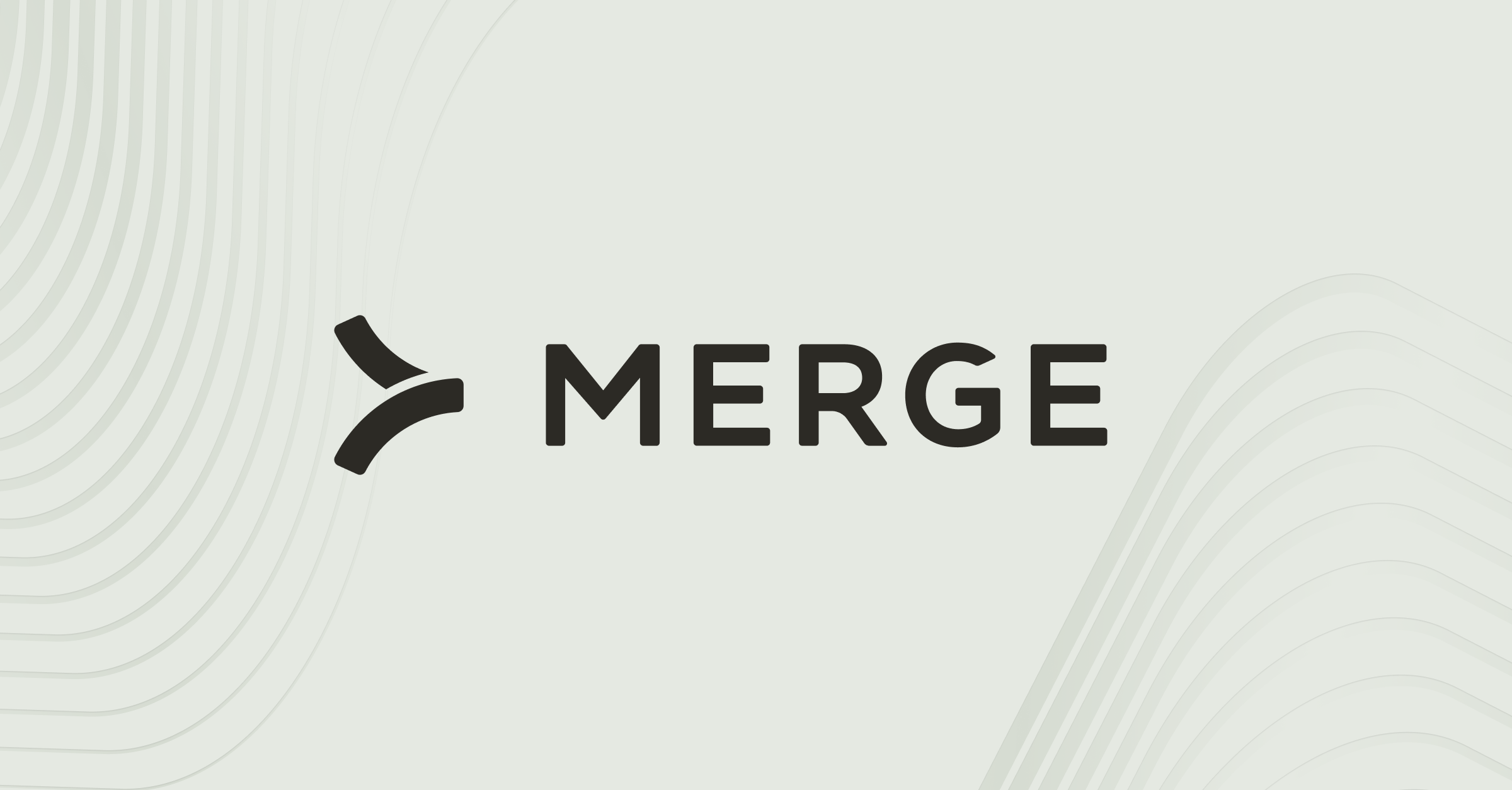Fulfilling the promise of payroll APIs

Payroll data is ubiquitous. Nearly every industry, from compensation management platforms to 401k providers, has a use case for it. Until recently, however, wrangling payroll data from various providers has been a nightmare — after all, there are over 5,000 providers in the US alone.
In the past two years, the conversation around the potential of payroll APIs has led to a new generation of API-first companies. The goal is to provide a unified payroll API that allows customers to integrate just once and access every provider imaginable. Here, reader, is where the curtain comes off — Merge is one of those companies.
But while, yes, we’re in the business of APIs, we’re also just huge API nerds. Seriously — our cofounder wrote more than a college-length essay on the history of the unified API.
You’re reading this article because something about Payroll APIs resonated with you, so here’s what we’ll cover:
- A brief history of fragmented APIs, or the Dark Ages of Integrations
- What a good Payroll API does
Related: What is payroll integration?
How’d We Get To Payroll APIs? A brief history
Let’s talk about the before-times.
A software company usually has one overarching goal: get customers to buy its product. Normally this is straightforward: the great promise of software is that it pretty much works everywhere. But a software company that uses payroll data in its product encounters a unique problem: to sell to the most customers, the company needs to make sure its software understands the payroll data that a given customer uses. Remember — over 5,000 providers are used by an ever-increasing number of potential customers. Oof.
In these ‘before-times,’ that software company’s ‘integrations strategy’ would be to build out a single integrations with each payroll provider. Where to start? Usually by prioritizing providers with either the largest market cap or whose users were would-be customers.
You can use the diagram below to visualize the headache:

This ‘strategy’ would in practice play out as a game of whack-a-mole: companies would need to make best guesses on which integrations to prioritize at the cost of deprioritizing other integrations. Along the way, they would spend engineering resources on integrations, which are, crucially, not a company’s core product! The end result would always be missed customer sales due to not having that one specific integration.
The promise in Payroll APIs is to ask: what if integrations were a company’s core product?
Enter Payroll APIs (and what makes one 10x)
Payroll APIs hold their value with a strategy as old as time: have someone else do the work for you. The payroll API provider builds out and maintains all necessary payroll integrations. You, the customer, simply worry about one API. The payroll API.
But a unified API doesn’t exist in a vacuum. Here’s a Q+A about what else a good payroll API provider should offer.
What about data?
Data in the payroll API should be normalized. This means that the endpoints (say, where you would tell your software to get ‘all employee data’) for each individual payroll provider would be funneled by the payroll API company into a set of consistent, predictable data objects that represent the vast majority of data across all payroll APIs.
What about data management?
No payroll API, or the data flowing through it, should be a black box. A successful provider should have a portal that allows for features like detailed logs, linked account management, and API key access.
What about the “wildcard” of payroll providers themselves?
As other articles have pointed out, the biggest variable in the payroll API space is the providers themselves. They hold the key to their own APIs and who gets access to it. A trusted payroll API company should establish, or be working to establish, partnerships to ensure consistency with their own platform.
To close, the ideal relationship between an end-user and a payroll API should look a little something like this:

The payroll API in the above image packages the APIs of all the payroll providers and provides one interface for the end users to receive uniform data - saving months of integration time!
Interested in rolling out your own Payroll API-powered product? Merge offers plans for HR, Recruiting, Accounting, and Payroll API - no matter how many categories we offer, you’ll only have to connect once! Contact us here for a demo!







.jpg)
